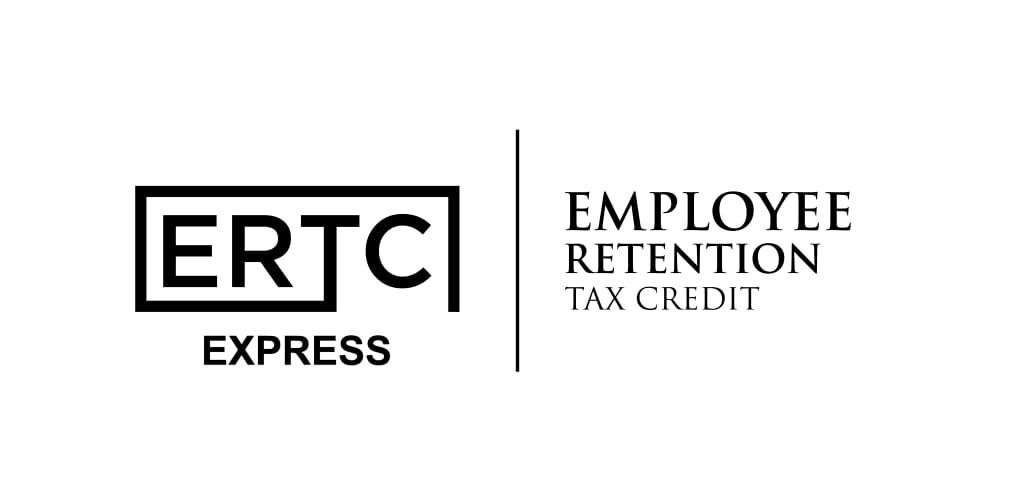The Employee Retention Tax Credit (ERTC): A Lifeline for COVID-19 Affected Businesses

The COVID-19 pandemic has had significant economic consequences, affecting businesses both large and small. To help companies navigate these challenging times, the U.S. government introduced various economic relief measures. One of these essential measures is the Employee Retention Tax Credit (ERTC). This article will help businesses understand the ERTC and its benefits.
What is the ERTC?
The Employee Retention Tax Credit (ERTC) is a refundable tax credit designed to encourage businesses to keep employees on their payroll despite facing economic hardships caused by the COVID-19 pandemic.
Who can claim the ERTC?
Businesses and tax-exempt organizations that operate a trade or business during 2020 and 2021 can qualify for the ERTC if:
- Their operations were fully or partially suspended due to government orders related to COVID-19.
- They experienced a significant decline in gross receipts during a calendar quarter when compared to the same quarter in 2019.
How does the ERTC benefit businesses?
- Immediate Access to Funds: Employers can reduce their required deposits of payroll taxes by the amount of the credit.
- Refundability: If the employer’s employment tax deposits aren’t sufficient to cover the credit, they may receive an advance payment from the IRS by submitting Form 7200.
- Substantial Credit Amount: For 2020, the credit is 50% of up to $10,000 in qualified wages (a max credit of $5,000 per employee). For 2021, this amount was increased to 70% of up to $10,000 in qualified wages per quarter (a max credit of $7,000 per employee per quarter).
How are qualified wages determined?
- For Large Employers (more than 100 full-time employees in 2019): Only the wages paid to employees not providing services due to the COVID-19 crisis are eligible for the credit.
- For Smaller Employers (100 or fewer full-time employees in 2019): All employee wages qualify for the credit, irrespective of whether the employee is providing services.
FAQ:
Q1: Can businesses that receive Paycheck Protection Program (PPP) loans also claim the ERTC?
A1: Initially, businesses couldn’t claim the ERTC if they received a PPP loan. However, subsequent legislation allowed them to benefit from both, but not for the same wages.
Q2: How long is the ERTC available?
A2: The ERTC was available for wages paid from March 13, 2020, through December 31, 2021. Always check the IRS website or consult a tax professional for any updates.
Q3: Do health plan expenses count as qualified wages?
A3: Yes, the cost of employer-provided health care is considered in determining the qualified wages, including the employee’s portion paid through pre-tax salary reduction.
Q4: How can businesses claim the ERTC?
A4: Businesses report their total qualified wages and the related health insurance costs for each quarter on their quarterly employment tax returns (e.g., Form 941).
Q5: What happens if a business overclaims the ERTC?
A5: If a business overclaims the credit, they may have to repay the excess amount to the IRS, potentially with added interest and penalties.
